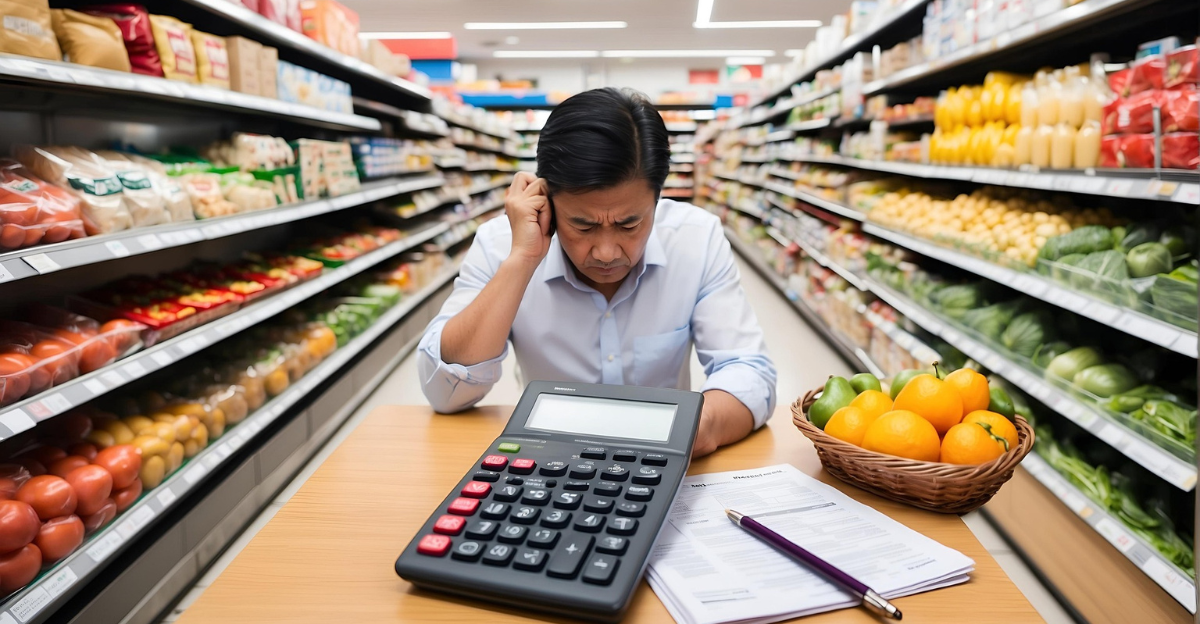
In April 2025, Donald Trump announced sweeping tariffs against many trade partners and industries, including China and certain Latin American and European countries. While he had campaigned on the issue, few realized how broad and impactful the tariffs would be. As a result, nearly every American will be faced with higher prices on the goods they buy every day.
Shoppers could be hit very hard at the grocery store. Many regular products are not produced in the United States, and the makers will likely be forced to raise prices. Below are nine regular items that could see significant price increases in the coming months.
1. Coffee

America has always run on caffeine and coffee is a daily essential for most people whether they are rich or poor. While the United States consumes a massive amount of coffee, it doesn’t produce much itself.
The United States is the number one importer of coffee in the world and a disproportionate amount, 80%, of the imported coffee comes from Latin America. 60% of that number comes from two countries, Colombia and Brazil. Colombia and Brazil are both looking at a potential 10% tariff which they will likely look to pass on to their customers.
2. Alcohol

This will be a concern for many citizens, especially as we approach the summer months, when the BBQs are on and alcohol is flowing. Popular summer beers like Corona and Modelo, which are both brewed in Mexico, could be hit with a 25% tariff, along with tequila.
Wine remains a year-round favorite, with demand peaking during the summer months. Several countries that produce popular wines, like Spain, Italy, France, and New Zealand, could all look to raise prices on their consumers. While consumers can opt for tariff-free alcohol, they could face fewer options.
3. Fruit
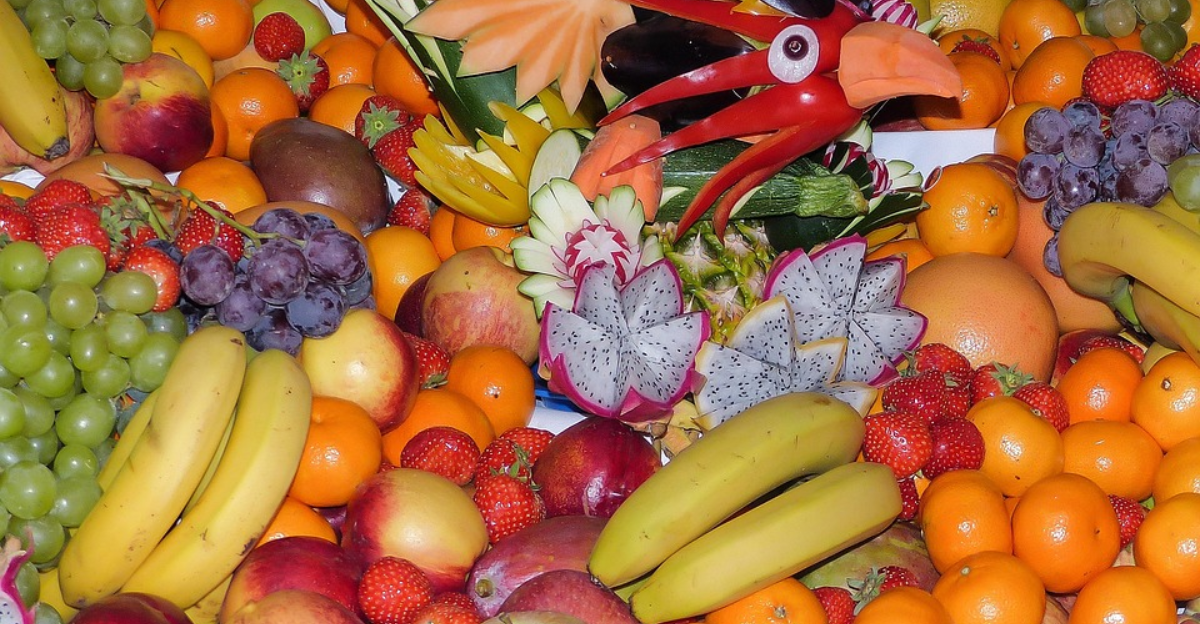
Several countries that export fruit to the United States could be hit hard by tariffs. Most bananas in the country come from Costa Rica or Guatemala. Costa Rica, which is facing a potential 10% tariff, is also a leading exporter of pineapples, mangoes and avocados, while Guatemala, also facing a 10% tariff, ships plantains, melons and papayas.
Fruit is readily perishable, which makes the problem all that much more severe. If people opt not to buy fruit because of rising costs, large stocks could go rotten, costing producers even more money. Fruit will be one of the hardest-hit foods if the tariff wars are to continue.
4. Beef
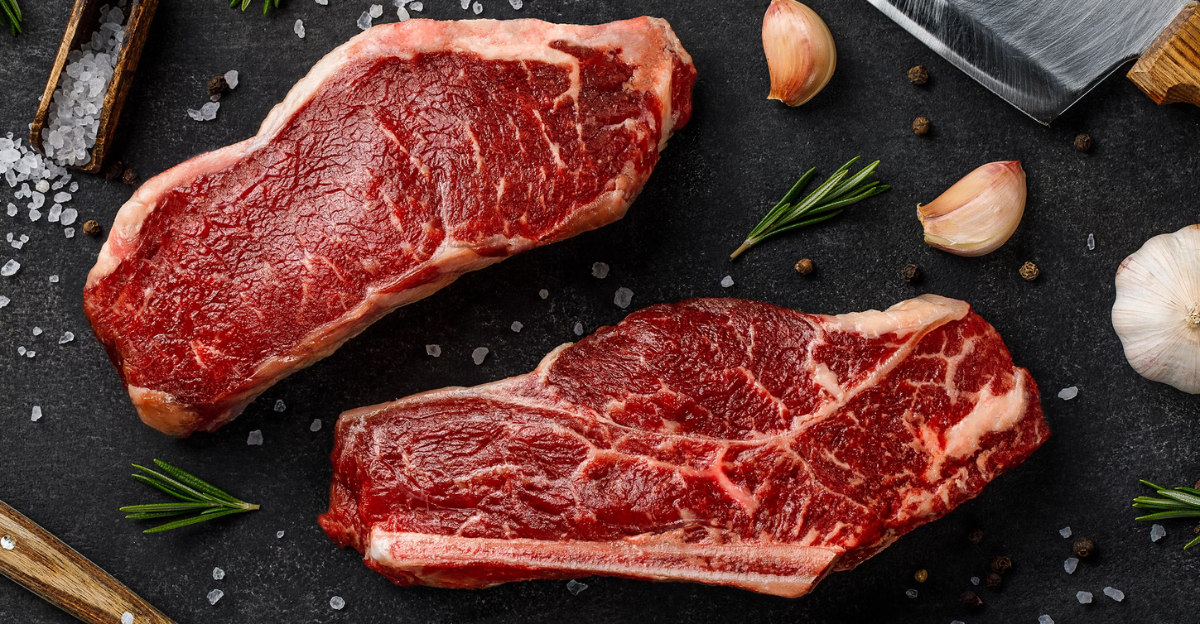
Beef is one of the most popular proteins in the United States and Trump’s tariff plan is coming at a tough time for producers. The price of beef has already risen to an all-time high. In addition, there is a shortage as the United Cattle herd is at near-record-low numbers.
Overseas producers have been able to fill some gaps in the market, but those companies could be facing new tariffs. Many of the overseas beef sold in America comes from either New Zealand or Australia and both countries are facing a potential additional charge of 10%.
5. Rice
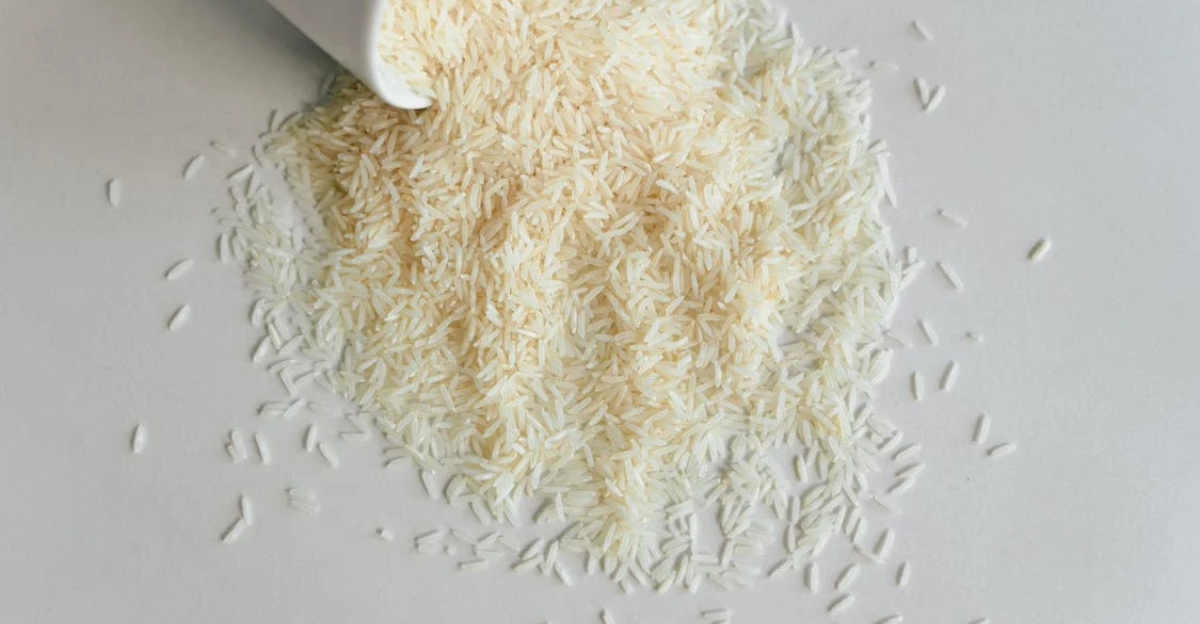
Rice is an essential staple of nearly every kind of cuisine, and with good reason. It’s filling and budget-friendly. As a result, rice is all that much more important in poorer communities and among people who can’t really afford a price increase.
The main rice exporters to the US are Thailand and India, which are facing potentially significant tariffs. It is estimated that around one-third of the rice sold in the United States comes from overseas. Different rice varieties, including Basmati and Jasmine rice, will almost certainly see an impactful price increase.
6. Seafood
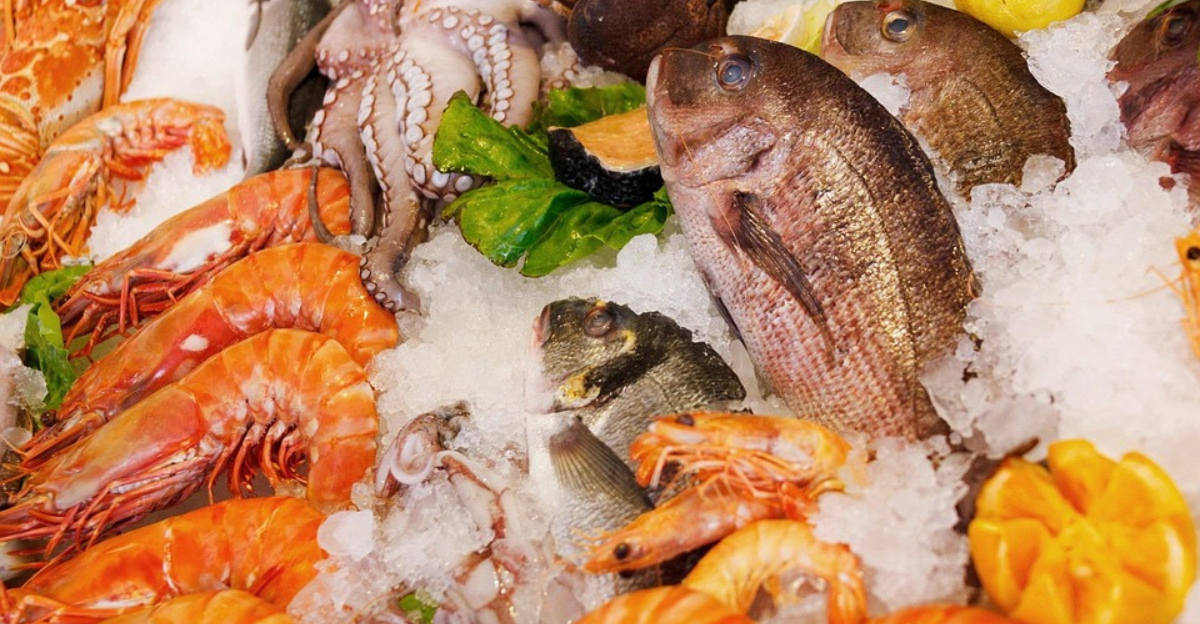
The United States is surrounded by water on each of the coasts, but due to a high demand and a customer expectation for lower costs, only 15% of the seafood consumed in the country comes from American waters. With costs increasing, many people may opt to skip out on serving seafood at the dinner table.
A significant amount of the country’s seafood comes from Asian countries. Vietnam is a massive producer and is looking at a 46% tariff. Indonesia, another major supplier, is facing a 32% tariff and Chile (10%) and India (26%) are also facing increases.
7. Cheese
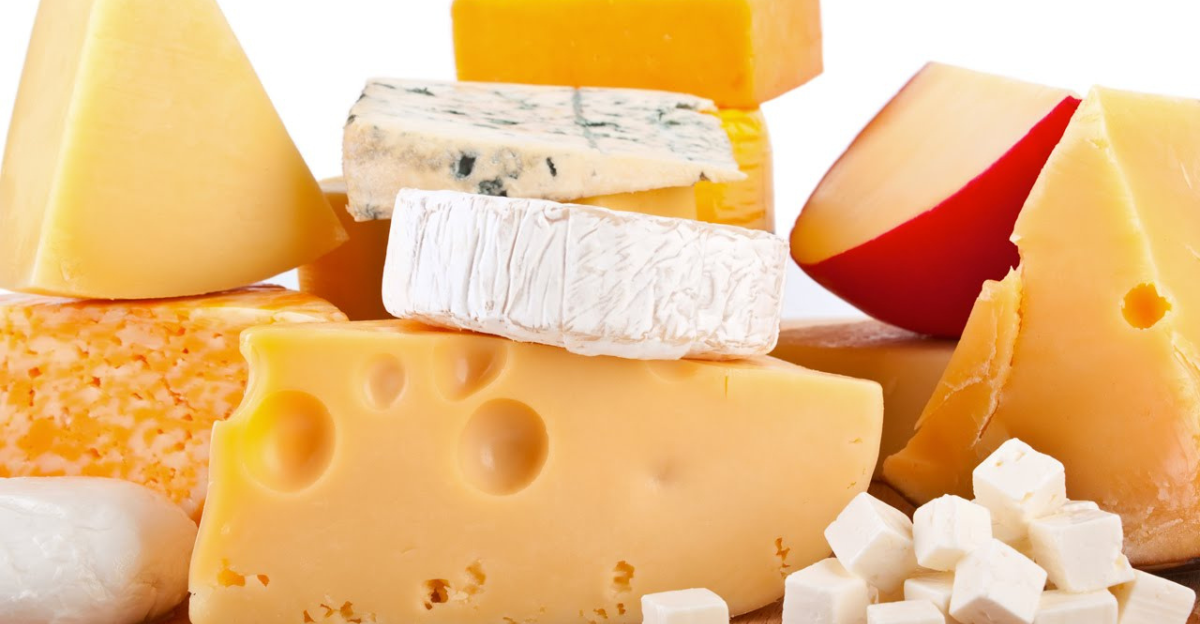
There is plenty of delicious cheese that you can get in America that is made locally. There are going to be significant problems, though, when it comes to certain varieties of cheese. Some of the biggest cheese producing countries, like Italy, France, Spain and the Netherlands, all face a potential 20% tariff against the European Union.
Imported specialty cheeses could be hit the hardest. Parmesan-Reggiano is an Italian delicacy that is already expensive. Brie, imported from France, may also see rising costs. Gouda cheese, which is named after the town it hails from in the Netherlands, will see its cost going up as well.
8. Olive Oil
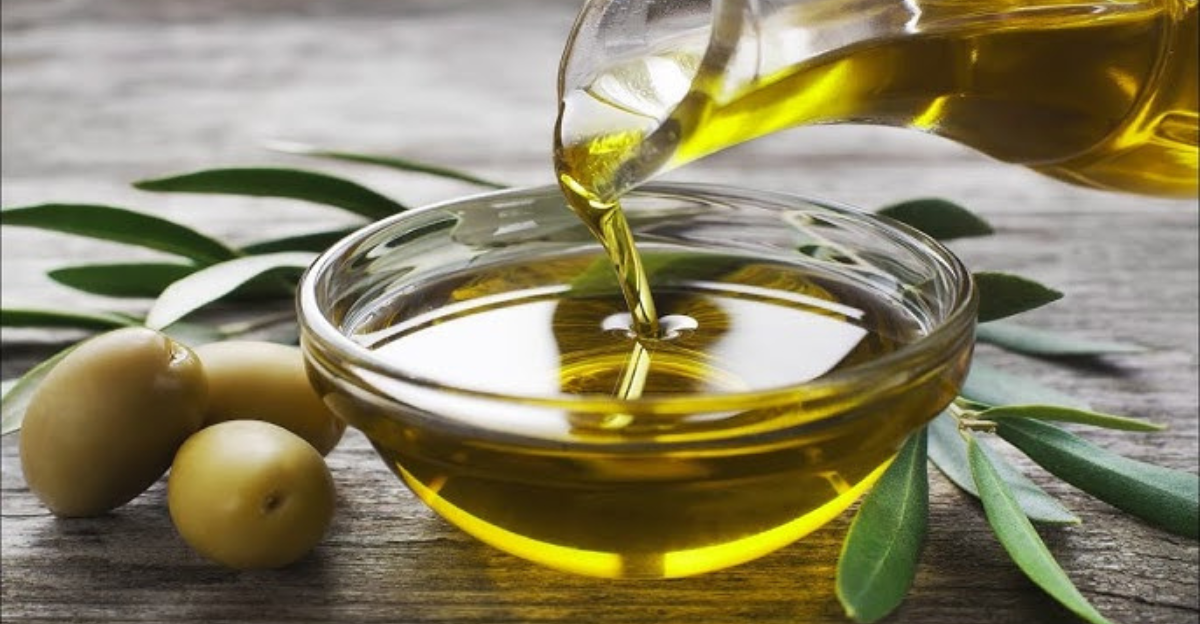
Olive oil is enormously popular in the United States and many people cook with it on a near-daily basis. Very little of that oil is actually made in the United States. The US is the world’s second largest consumer of olive oil and only produces 5% of the product used here.
Many of the biggest producers of olive oil, including Spain, Italy, Greece and Portugal, are in the European Union and potentially subject to a 20% tariff. It is thought that some consumers may instead opt for cheaper and much less healthy seed oils.
9. Nuts
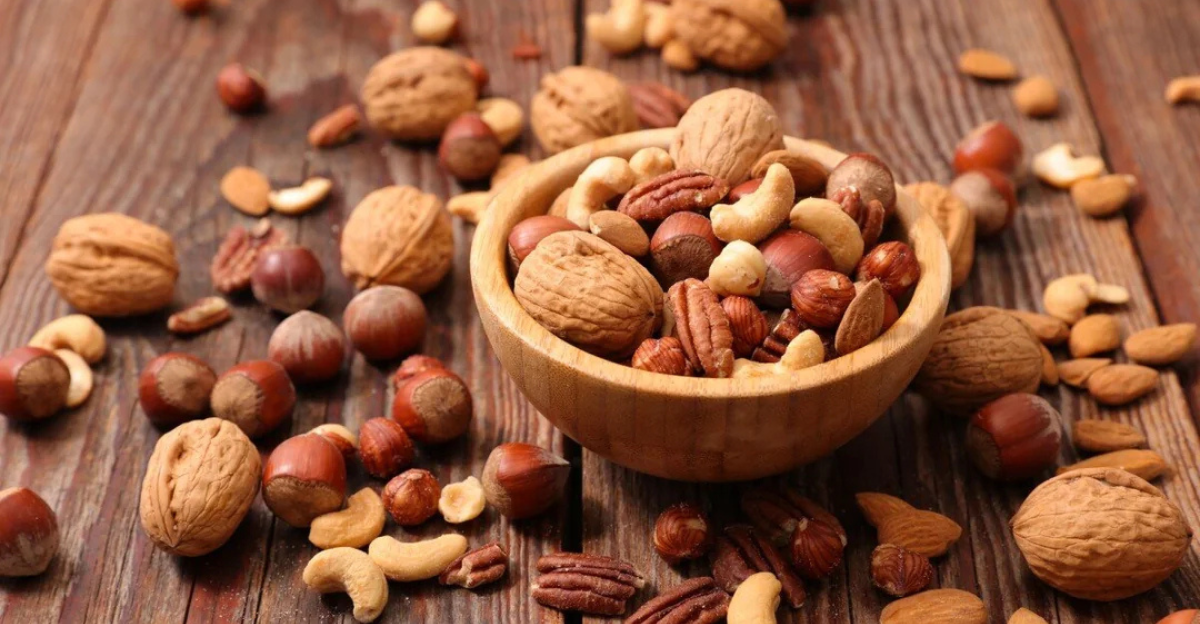
Nuts are not only nice to put out at a party and taste delicious, they are also packed full of protein, healthy fats, and fiber, making them a staple in many health-conscious diets. However, consumers who rely on nuts as a food group may soon have to look elsewhere for protein sources, as the price of nuts may increase with new tariffs faced by exporters. Cashews are imported from India and Vietnam. Macadamia nuts, already quite expensive, are imported from South Africa and Australia. Pecans are known for being grown in the Southern U.S., but they are also heavily imported from Mexico.
Discover more trending stories and Follow us to keep inspiration flowing to your feed!

Craving more home and lifestyle inspiration? Hit Follow to keep the creativity flowing, and let us know your thoughts in the comments below!
